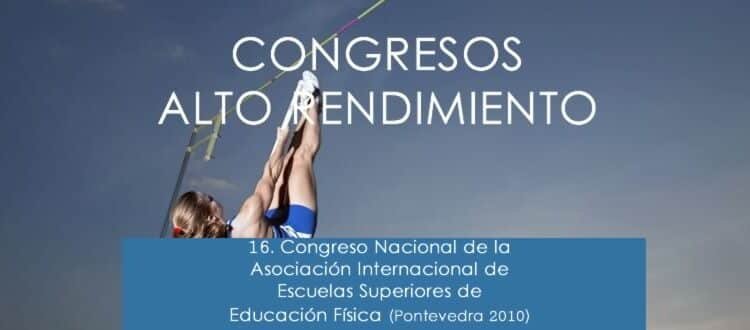Principals’ perception on physical education and self-evaluation to their school physical education programs in finland
Principals’ perception on physical education and self-evaluation to their school physical education programs in finland
INTRODUCTION
The principals are central figures when it comes to the implementation of physical education (PE) at schools. The purpose of this study was to obtain the principals’ insights into the issues and solutions in PE in the public school system in Jyväskylä, Finland. Specifically, this study aimed at 1) providing information on principals’ attitudes, perception, and evaluations of PE program in their schools; 2) finding out the challenges and possible solutions for those schools; and 3) comparing differences in perceptions between gender groups, and between the principals of various school levels (elementary schools (ES) vs. secondary schools (SS) vs. high schools (HS)).
METHODS
The questionnaire was emailed to all 57 principals of Jyväskylä school district. A total of 30 principals (57%) responded within a month. Out of the 30 principals, 20 were men and 10 women, 17 were from ES and 12 from SS and HS; one did not indicate his or her gender and school level. The questionnaire was developed for Finnish circumstances from Principal’s Perception of Physical Education Questionnaire (PPPEQ; Zeng, 2008) and the Self-Evaluation Tool for School Physical Education Program (National Association for Sport and Physical Education, NASPE, 2000). The Finnish questionnaire consisted of 24 items concerning features of PE discipline, function of school PE, and challenges school PE faces, qualification of teachers, class size, facilities, equipment, learning environment, and assessment about school PE program. The principals responded on each item on the scale 1 = agree, 2 = disagree, 3 = no comment. Proportions and frequencies were used to describe principals’ attitudes and perceptions. Crosstabulation with ?2-tests was used to evaluate the differences in proportions of each positive and negative item in gender and school level groups of principals.
RESULTS
Most principals strongly agreed with the idea that “There are many negative influences in today’s society that have big impact on our school education” and that “Financial shortage in improving PE facility and equipment is a reality in our school”. Instead, more than half of principals disagreed with the statements of “Children are more lack of discipline and work ethics than ever before”, and “We still have uncertified physical education teachers in our school” (Table1). To answer the challenges and to provide quality PE in their schools, principals emphasized appropriate class size, and the necessary facilities, equipment, and supplies. With only one exception, they were all satisfied with certified PE specialists in their schools. In their opinion, a certified PE specialist is the key to build up valuable PE programs for students. However, half of the principals answered that PE teachers should struggle more to motivate students embracing PE and participating in daily physical activities.
Table1. The challenges of school PE evaluated by principals (N = 30) in Jyväskylä
Table 1. Principals’ perception on physical education and self-evaluation to their school physical education programs in finland
The principals agreed with the item of “Once PE and daily physical activities are valued and supported, children will gradually form their positive and healthy lifestyle” and that “Since obesity and the health hazards associated with physical inactivity are the major concern, society should encourage PE in education system, and to get real solutions for this issues”. The involvement of administrators at all levels is crucial. When comparing the genders and the principals in the three different school levels, no significant differences were found between gender, but principals of ES differed from the principals of other schools in two items (p=.001). Only half of the principals in ES believed that “PE is an academic discipline and just as important as English, Math and Biology”, and that “Having certified PE specialists in school is the key to build up valuable PE programs”. All the other principals in SS and HS agreed these statements (Table 2).
Table 2. Differences in school level groups of principals, Elementary school (ES) principals vs. Secondary school (SS) and high school (HS) principals, % agreed item. N=29.
Table 2. Principals’ perception on physical education and self-evaluation to their school physical education programs in finland
DISCUSSION
The principals in Jyväskylä school district worried that negative influences in today’s society have impact on their schools and reported lack of financial possibilities. However, they appreciated their qualified PE teachers. PE teachers in Finland are required master degree, but only in secondary and high school levels they are certified in PE (subject teachers). Different educational background might affect the perceptions of the principals in elementary level; probably they have no experiences about subject teachers in PE and they are satisfied with their present teachers who are class teachers. Zeng, HZ. 2008. The Principal’s perception of Physical Education Questionnaire, PPPEQ. National Association for Sport and Physical Education, NASPE. 2000. Self-Evaluation Tool for School Physical Education Program






